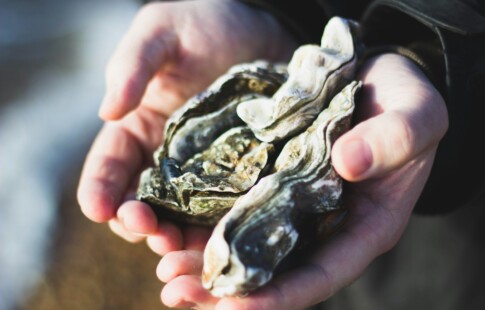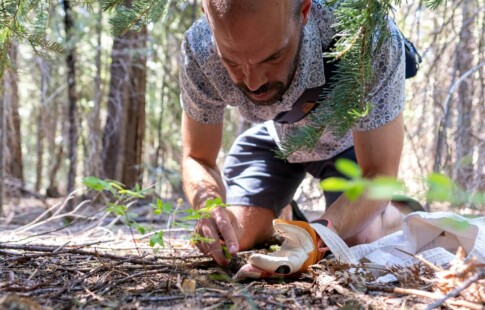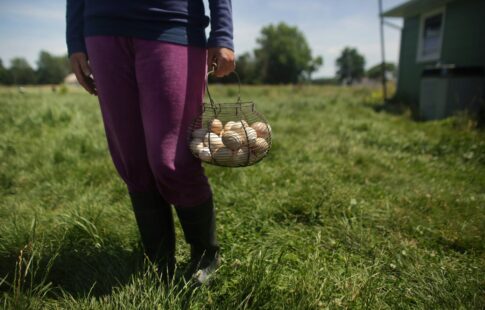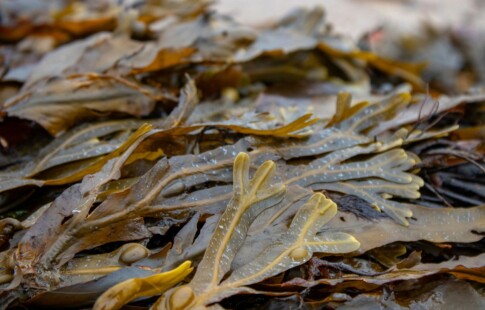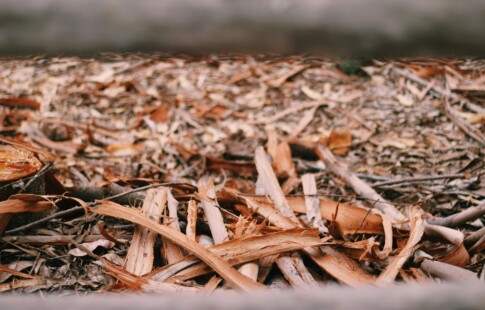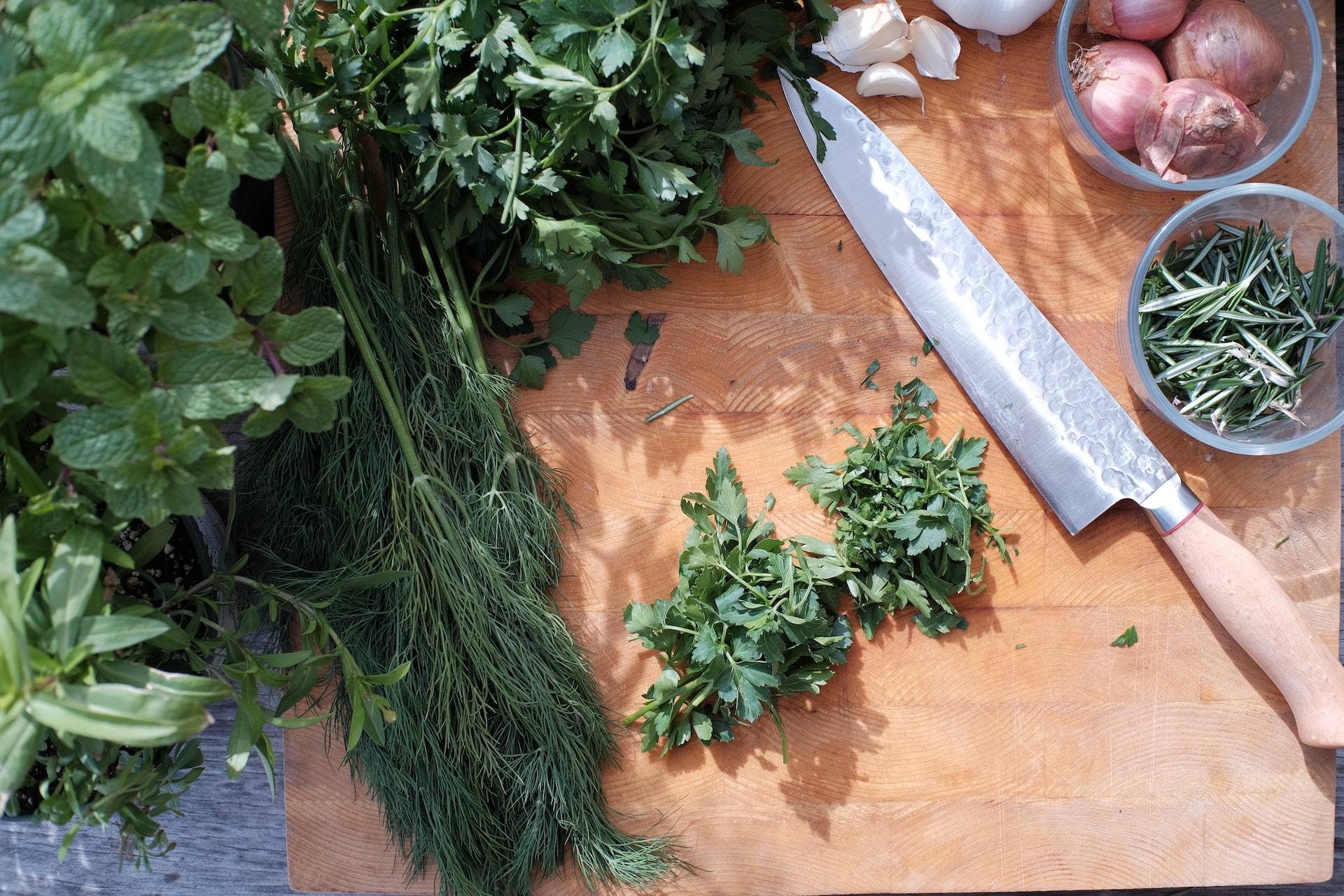
How to Grow Herbs From Seeds
We are reader-supported. When you buy through links on our site, we may earn affiliate commission.
Nothing adds flavor to your food quite like fresh herbs. Basil and oregano spice up pasta sauces, mint takes tea to the next level and parsley is a standby with a million uses and counting. You can buy herbs from the grocery store, but after they serve their purpose, you’ll need to replenish your supply. That’s not the case if you harvest them yourself. Here’s how to grow herbs from seeds and always have them at the ready.
How Will Your Garden Grow?
Before getting started, it’s vital to determine where you intend to grow your herbs. The options are to plant them outside or cultivate them in a pot or container in a sunny spot indoors.
Some herbs can grow quite tall and would therefore be better suited to a garden. These include perennial picks like chives, sage, mint and rosemary, among others.
Annual herbs will do well in a container you can keep outside your kitchen door in the sun. That makes it easy to step outside and snip what you need on demand. Some options are basil, marjoram, cilantro and fennel.
You’ll also want to read your seed packets carefully so you understand how deep they should be planted, how far apart they should be spaced and how long they take to cultivate.
How to Grow Herbs From Seeds Indoors
When starting herbs inside, the first thing to do is to determine when it’s safe to start. For example, some plants can be cultivated for four to six weeks inside and be transplanted outdoors after the final frost of the season. You’ll want to time this right to avoid damaging your crops.
Gather Your Supplies
In addition to a seed starting mix, you’ll need pots, a garden growing tray or a flat of six-packs. You’ll also need a water spritz bottle, plastic wrap or a garden dome, and grow lights if you don’t have lots of natural light.
Plant Your Seeds
Begin by mixing your seed mix with a bit of water until damp. Fill your containers with moistened soil about three-quarters from the top, add seeds and then top with more soil. Pat the dirt down and then cover it with plastic wrap or a dome. Remove the covering once sprouts emerge so they get the air they need to grow.
Take It Outside
Place your seedlings in a sunny window, and move them into a larger pot if they outgrow their containers. Be sure to water them regularly from the bottom so the soil stays moist. If you’ve timed this right and passed the first frost, it’s safe to take the pot outdoors or transplant your herbs into the ground.
How to Grow Herbs From Seeds Outdoors
Direct sowing, or planting seeds outdoors, is another option. This is a good choice for certain herbs, such as fennel or chervil. Ensure your garden is sustainable by using composted soil and choosing plant varieties that thrive and will propagate in your environment.
Prepare Your Soil
You may need to amend your soil to ensure a healthy growing environment for your herbs. For example, sandy or clay-heavy earth will need additives or your plants will not thrive. Then, rake the soil to ensure no clumps prevent roots from growing properly. Water well before planting.
Dig and Sow
Plant your herb seeds at a depth recommended by the package, typically one-half inch. Some plants do best if the seed is placed on top of the soil. Be sure to water well to soften the seeds’ outdoor shells and promote growth, about once per day, and cover with soil. The moist ground underneath will encourage root growth.
Stake Your Plants
Some herbs that thrive outdoors can grow to be quite tall. For example, fennel can reach nearly 6 feet in height. Plants grown from seed tend to have very strong root systems, and you may need to run a stake down the main stem to support it as it grows.
Reap What You Sow: How to Grow Herbs From Seeds
Once you know how to grow herbs from seeds, you’ll always have a supply of fresh picks at the ready and can boost any food’s flavor in a pinch. Use these tips to cultivate a healthy harvest and add flavor to your life.
Share on
Like what you read? Join other Environment.co readers!
Get the latest updates on our planet by subscribing to the Environment.co newsletter!
About the author

Jane Marsh
Starting from an early age, Jane Marsh loved all animals and became a budding environmentalist. Now, Jane works as the Editor-in-Chief of Environment.co where she covers topics related to climate policy, renewable energy, the food industry, and more.
